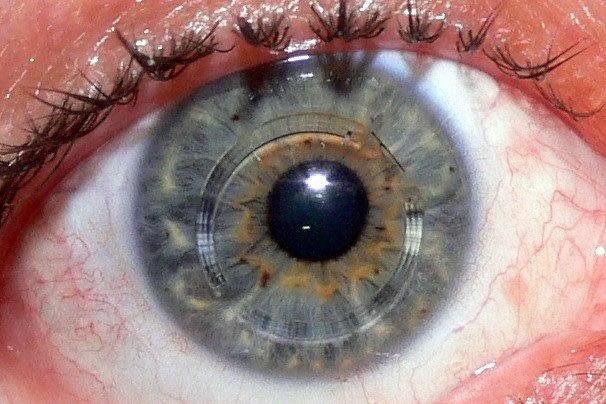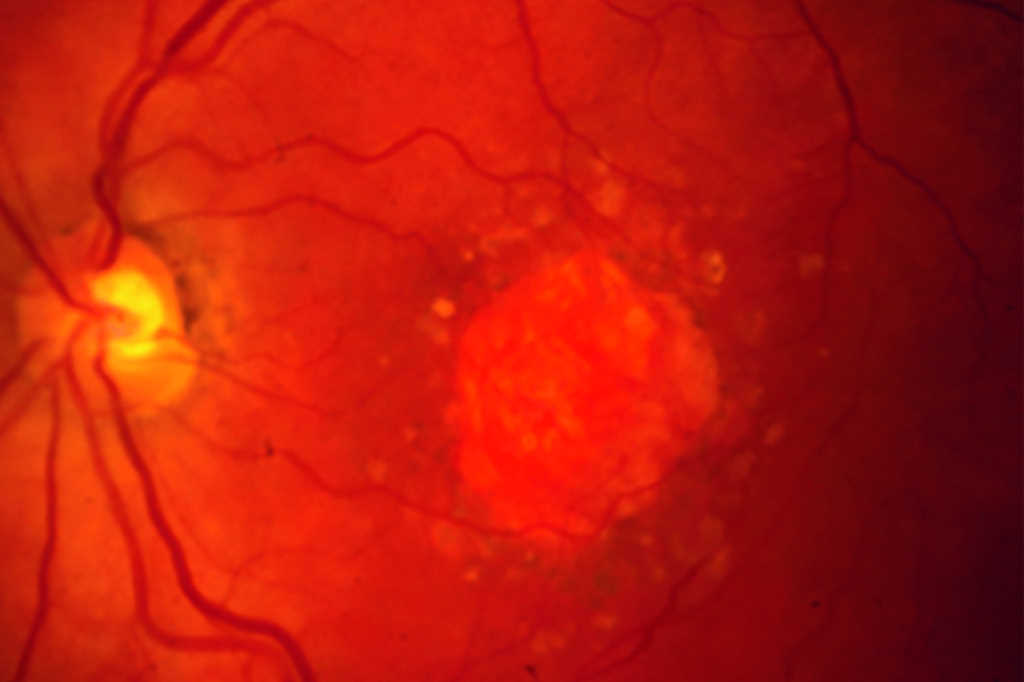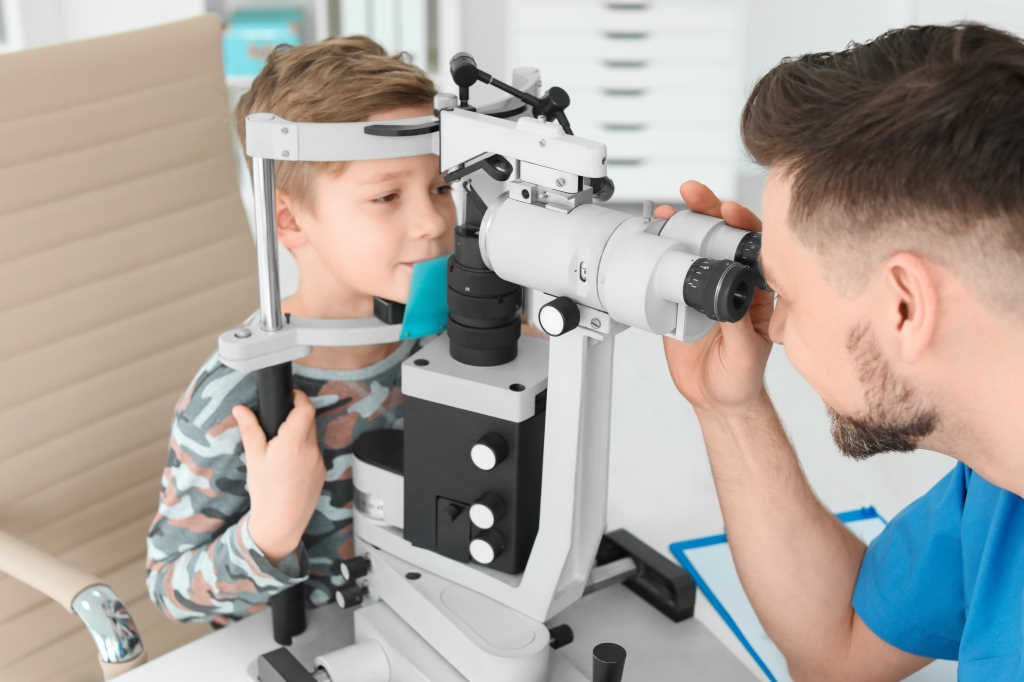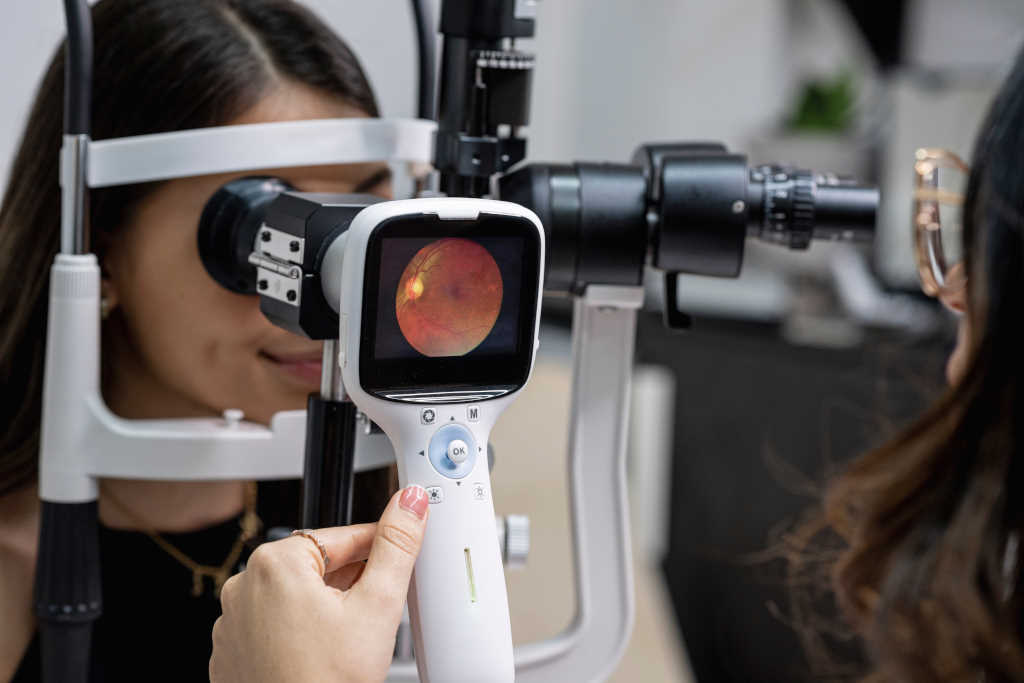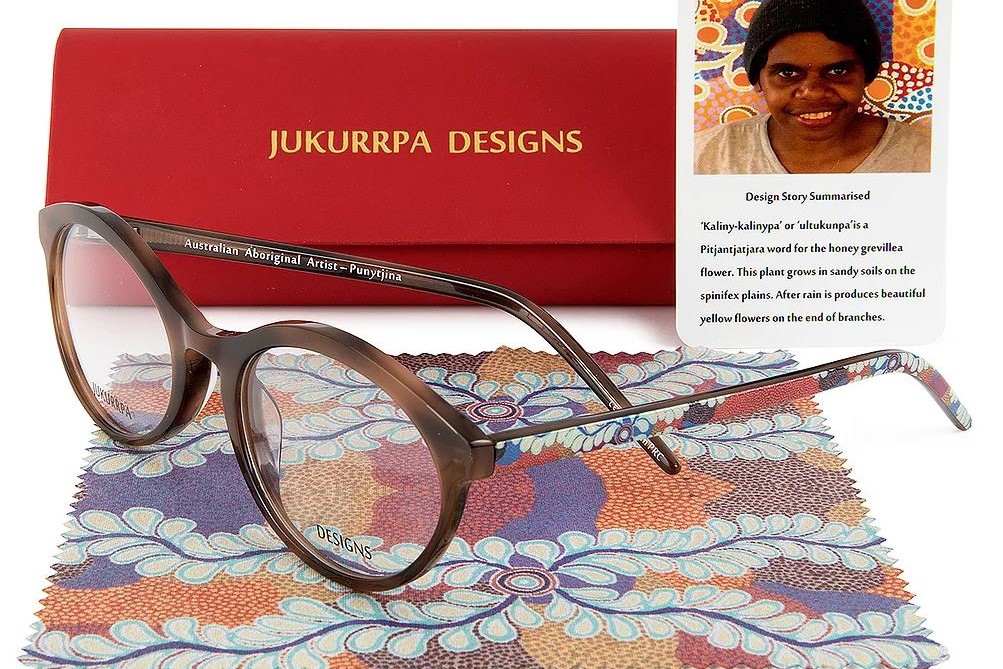Oculoplastics: research review
Incidence and severity of asymptomatic ocular injury in adult and paediatric orbital fractures
T Etheridge et al
Orbit 2023;42(3):273-278
Review: This retrospective chart reviewed 2,495 orbital fractures at a level 1 trauma centre over a 10-year period, of whom 1,534 had an ophthalmic evaluation. The most common mechanisms of injury were falls (24.0%), assaults (22.2%) and motor vehicle accidents (14.8%).
Of the patients reviewed, 31.7% had visual symptoms and 49.5% were asymptomatic, while the vision status of 18.8% was unknown, mostly due to them being sedated or intubated. Ocular injuries were classified as severe (requiring emergent intervention eg. ruptured globe), moderate (requiring urgent intervention, eg. traumatic iritis) and mild (not requiring intervention, eg. subconjunctival haemorrhage). Of the visually symptomatic, 27.8% had severe injuries, 22.2% moderate injuries and 44.4% mild injuries. Of the visually asymptomatic, 8.8% had severe injuries, 24.1% moderate injuries and 61.6% mild injuries. Of those who had unknown symptoms, 26.4% had severe injuries, 25.7% moderate injuries and 43.1% mild injuries. Of those patients with a visual acuity of 20/30 or better, 11.2% had a severe injury. Patients presenting with orbital fractures were more likely to have a severe ocular injury if they were visually symptomatic, had suffered a gunshot wound or had poor visual acuity.
Comment: This paper provides good evidence that patients with orbital fractures have a high likelihood of associated ocular injury necessitating emergent ophthalmic evaluation, especially if patients have visual symptoms or are unable to report on this.
Comparison of postoperative infection rates after office-based oculoplastic procedures using sterile and clean gloves
D Wang, R Shinder
Ophthalmic Plast Reconstr Surg 2023; 39(2):146-9
Review: The authors report several prospective and retrospective studies have compared postoperative infection rates with the use of sterile versus non-sterile gloves in dermatologic, dental and emergency-room procedures, showing no differences in infection rates.
A variety of oculoplastic procedures performed by a single surgeon on 3,129 patients 18 years or older were included. All participants with a follow-up period of less than one week, oral antibiotic use within two weeks of the procedure or contaminated wounds or complex reconstructions were excluded. The most common procedures performed included chalazion excision, eyelid biopsy and upper lid blepharoplasty. Of these procedures, 1,575 were performed with sterile gloves and 1,559 with clean, boxed gloves. The two groups had similar demographics. One patient in the sterile glove group (0.064%) who underwent an upper lid blepharoplasty and one patient in the clean, boxed glove group (0.064%) who had an external levator advancement ptosis repair developed post-operative infections. Neither patient was considered high risk for infection (no diabetes, immunosuppression or smoking). The authors concluded that using sterile and non-sterile gloves during minimally complex in-office oculoplastic procedures resulted in similarly low infection rates.
Comment: Using clean, boxed gloves is without doubt more cost-effective than using sterile gloves. The results of this study highlight it is also safe and not associated with higher rates of post-operative infections, which is consistent with published studies in the non-ophthalmic literature.
Smoking is associated with a higher risk of surgical intervention for TED in the IRIS registry
I Oke et al, on behalf of the IRIS Registry Analytic Center Consortium
Am J Ophthalmol 2023;249:174-182
Review: Smoking is well established as the most important modifiable risk factor in thyroid eye disease (TED). This study utilised the IRIS (Intelligent Research in Sight) registry, which includes the electronic health records of more than 73 million patients cared for in US ophthalmology practices.
The records of all adults (87,774) in the IRIS registry with a clinical encounter for thyroid eye disease between 1 January 2013 and 31 December 2020 were included. The median age was 59 years at first encounter and 81% were female. The cohort was subdivided into current smokers (19%), former smokers (24%) and never smokers (57%). Orbital decompression was performed on 1,212 patients and was more likely to be performed on current smokers compared to never smokers (3.7% vs 1.9%, p<0.001). Former smokers had a similar rate of intervention to that of non-smokers (2.1% vs 1.9%, p=0.14). Strabismus surgery was performed in 1,392 of the patients included and was more likely in current smokers (4.6% vs 2.2%, p<0.001) and former smokers (3.1% vs 2.2%, p<0.001) compared to never smokers. Eyelid recession surgery was performed in 1,324 patients and was more likely to be performed in current smokers compared to never smokers (4.1% vs 2.6%, p<0.001). Former smokers and never smokers had similar probability (2.6 % vs 2.6%, p<0.45).
Comment: This study highlights that smoking is not only a risk factor for the development and severity of thyroid eye disease but is also associated with a greater risk of requiring surgical intervention.

Dr Verona Botha is a consultant ophthalmologist with subspecialty fellowship training in cataract, oculoplastic, orbital and lacrimal surgery. She works at Waikato Hospital, Eye Institute and Hamilton Eye Clinic.








